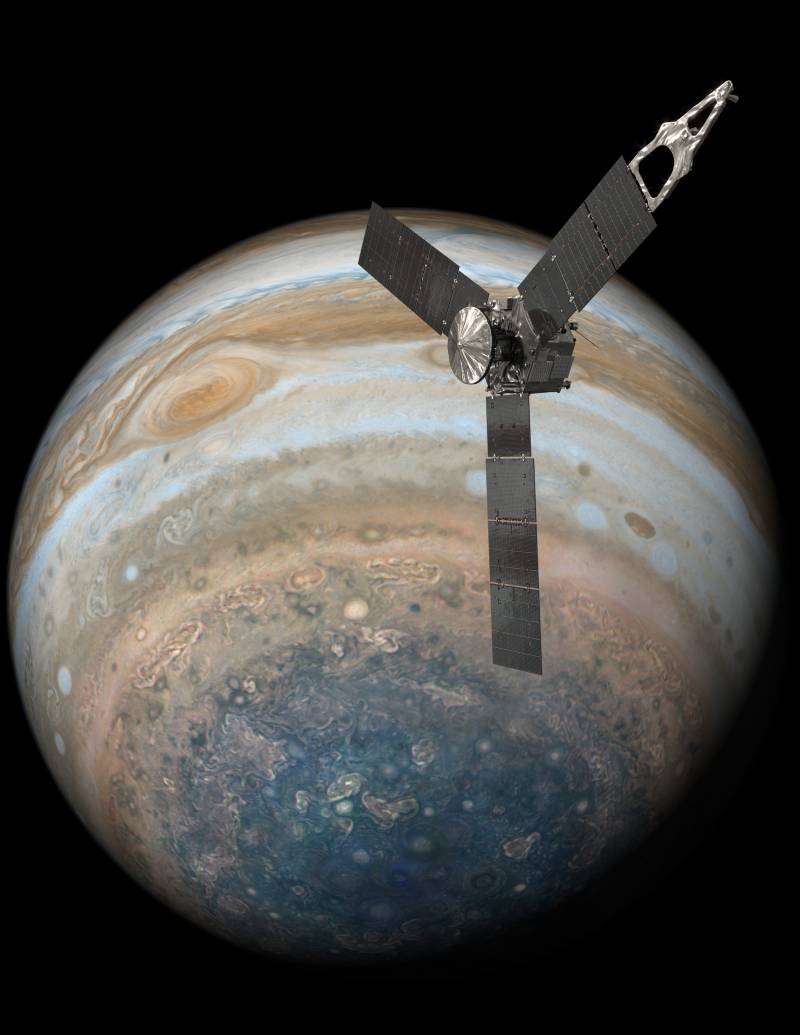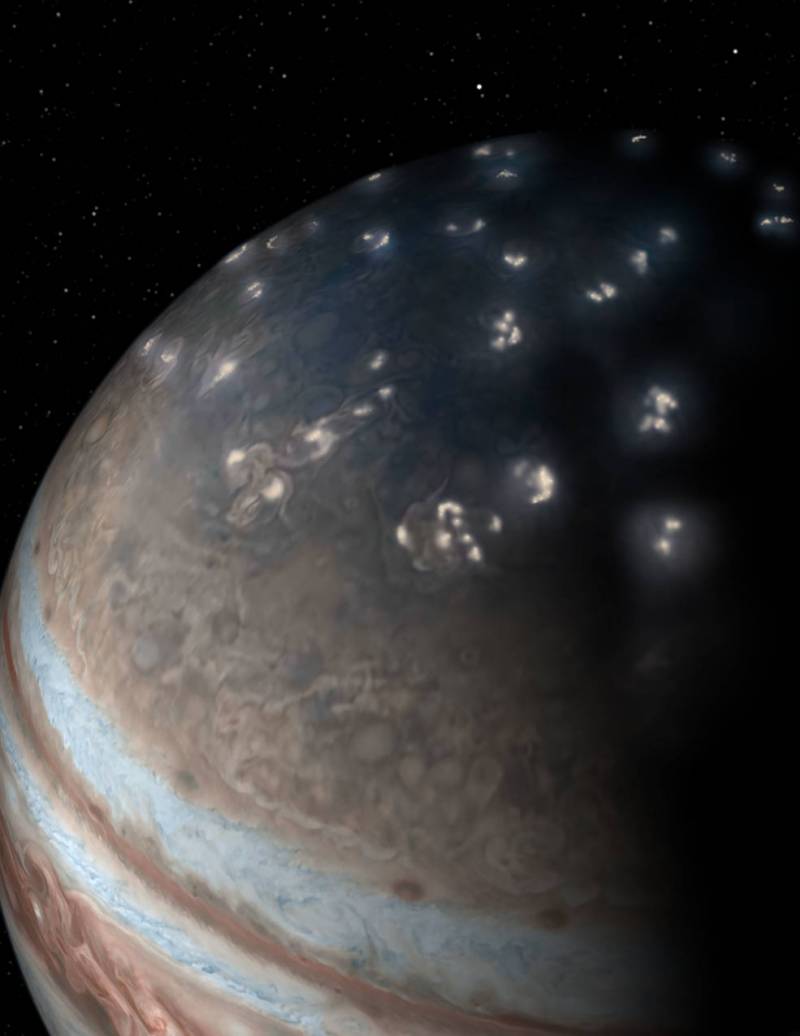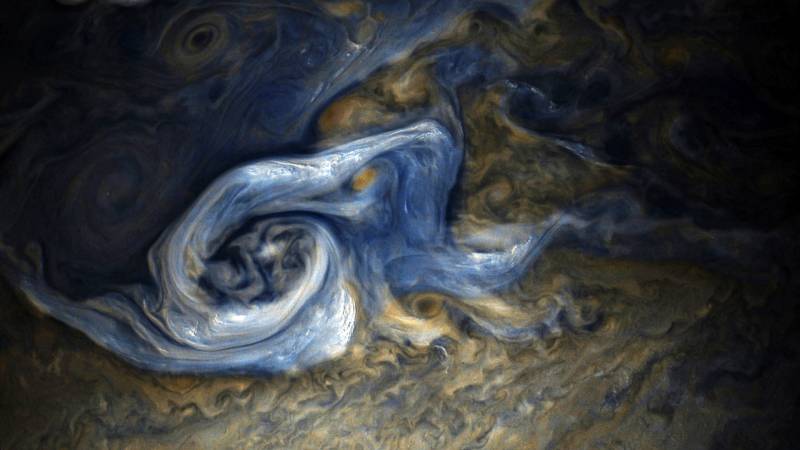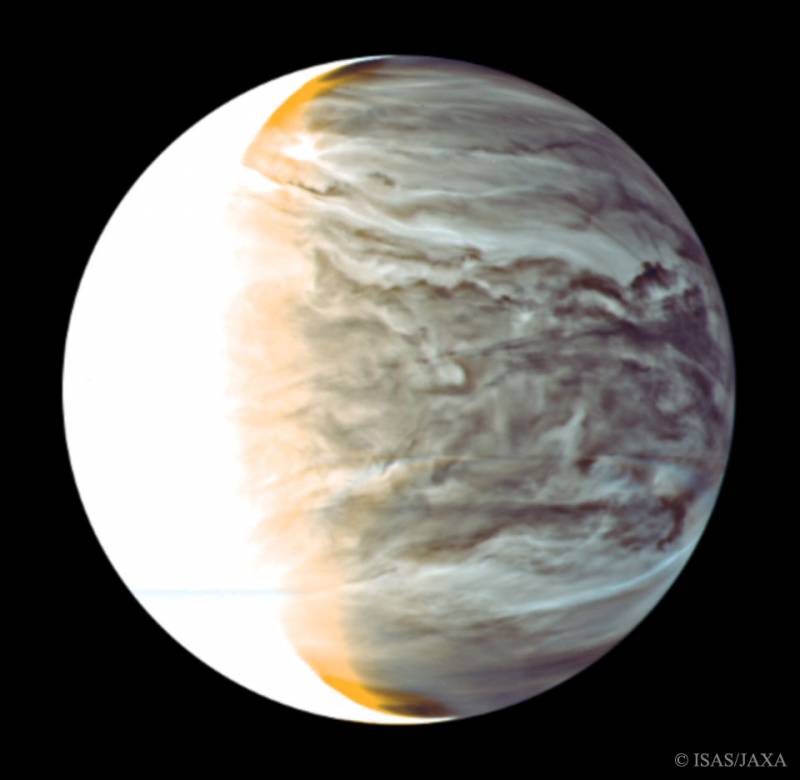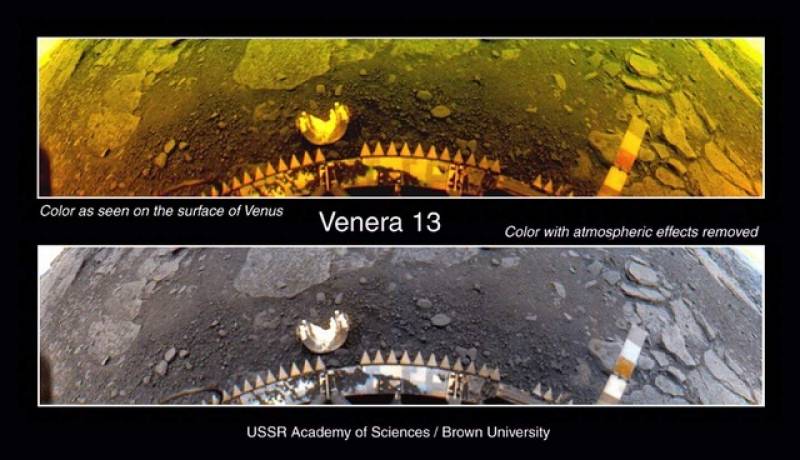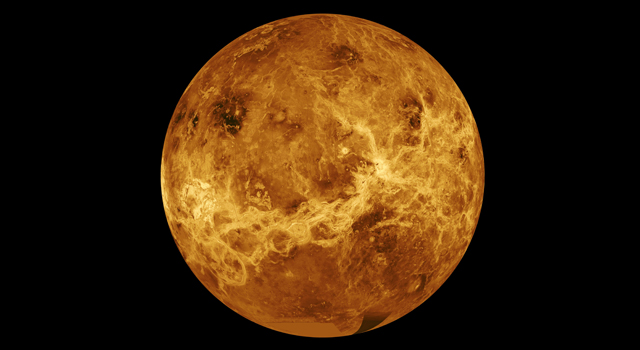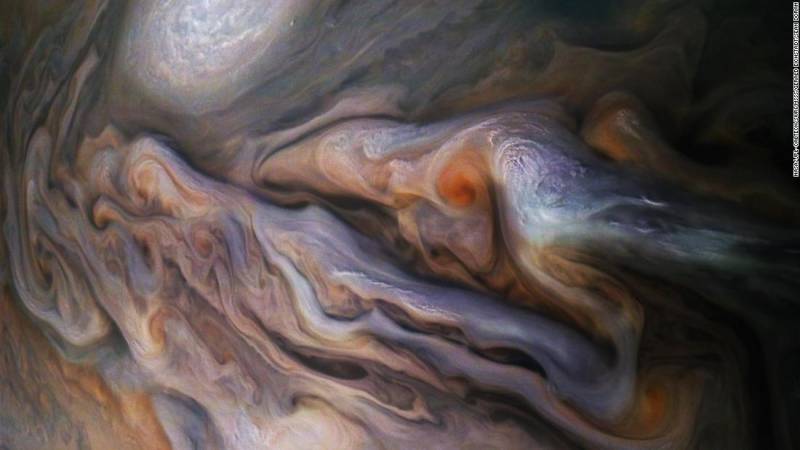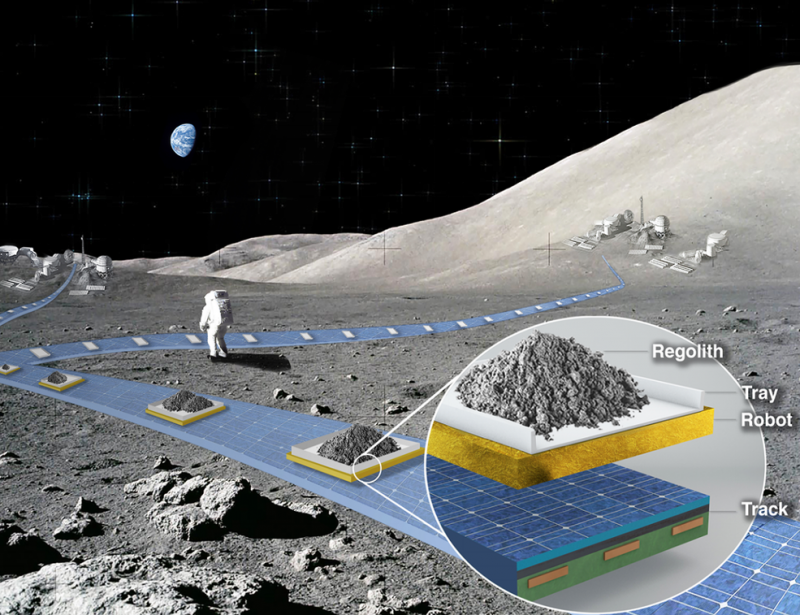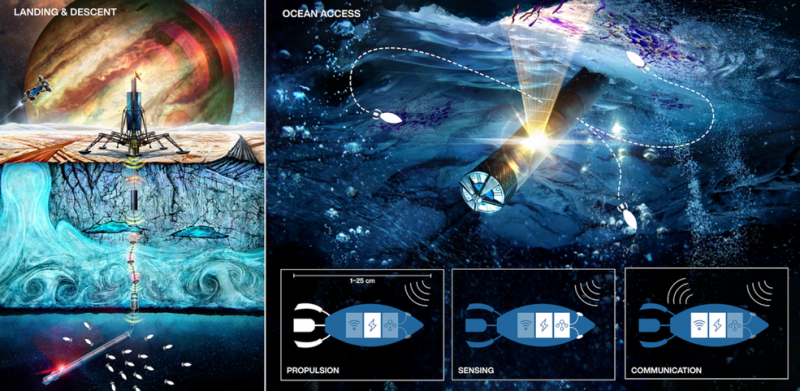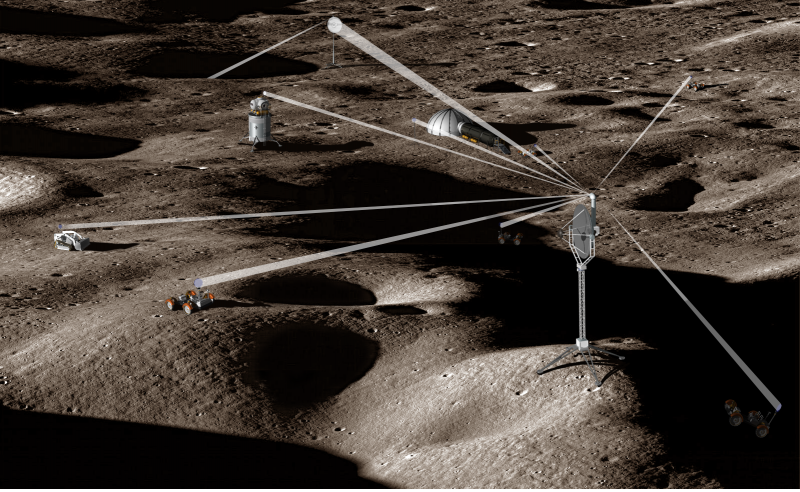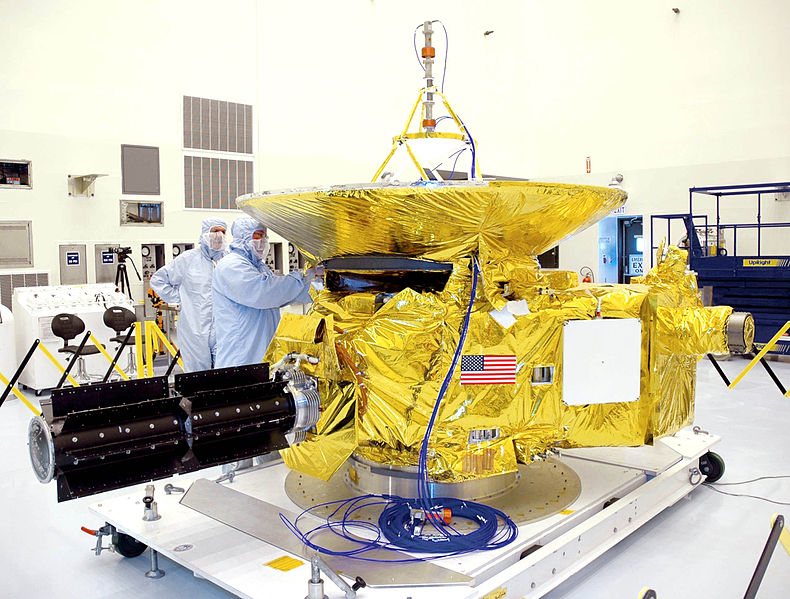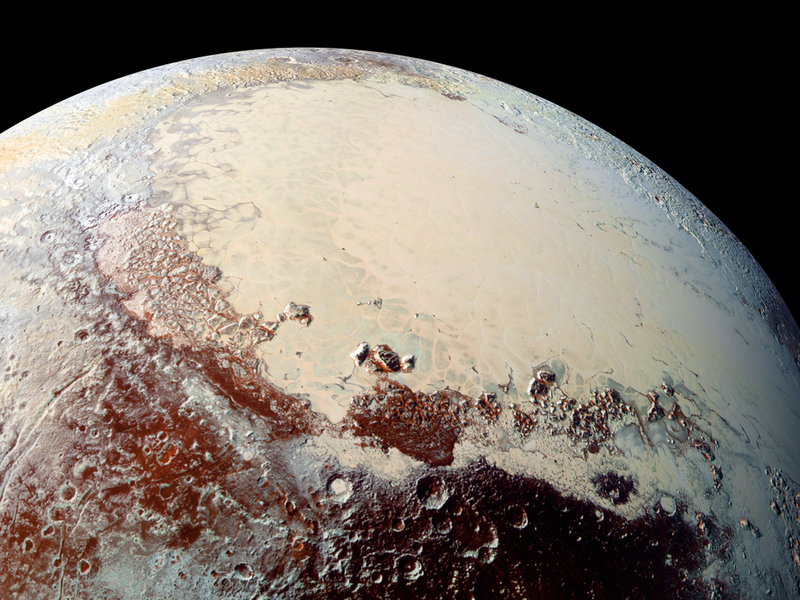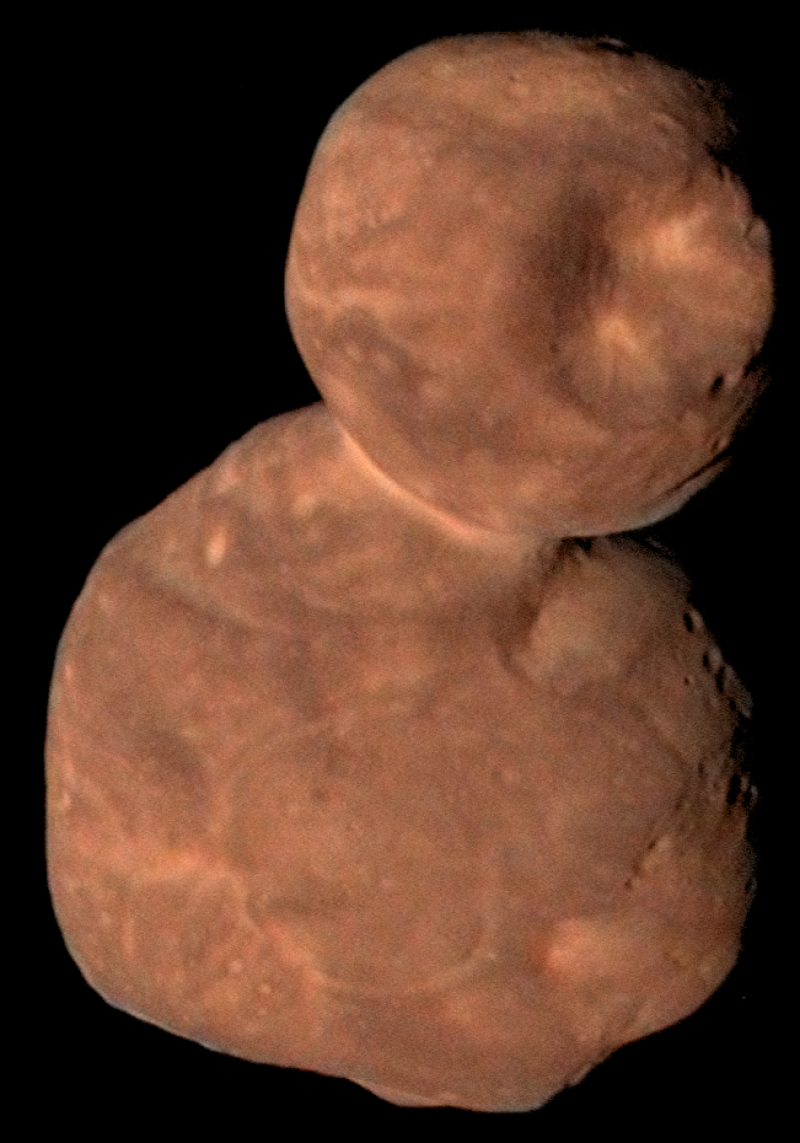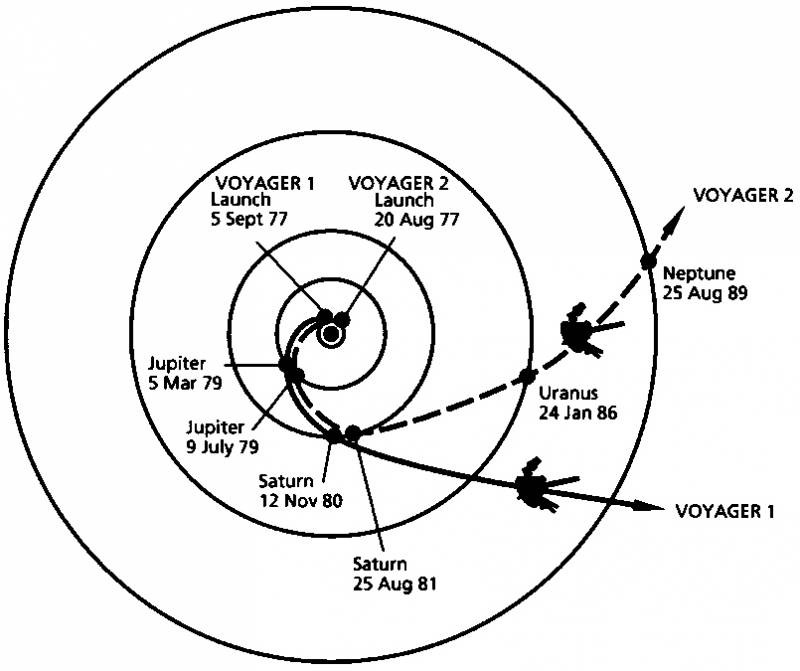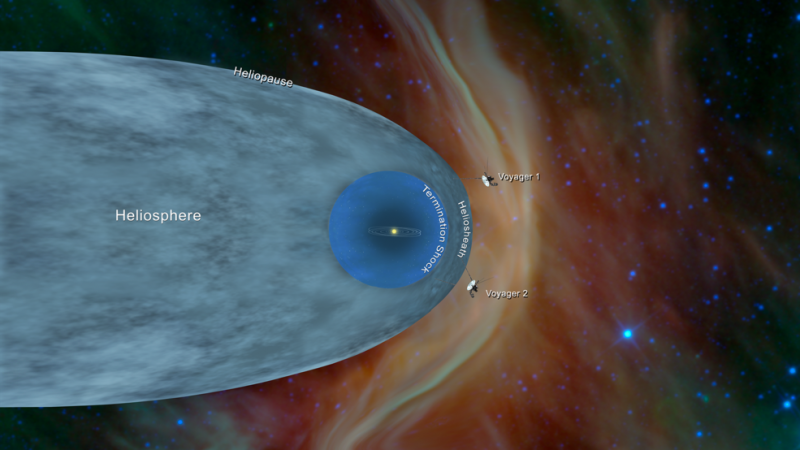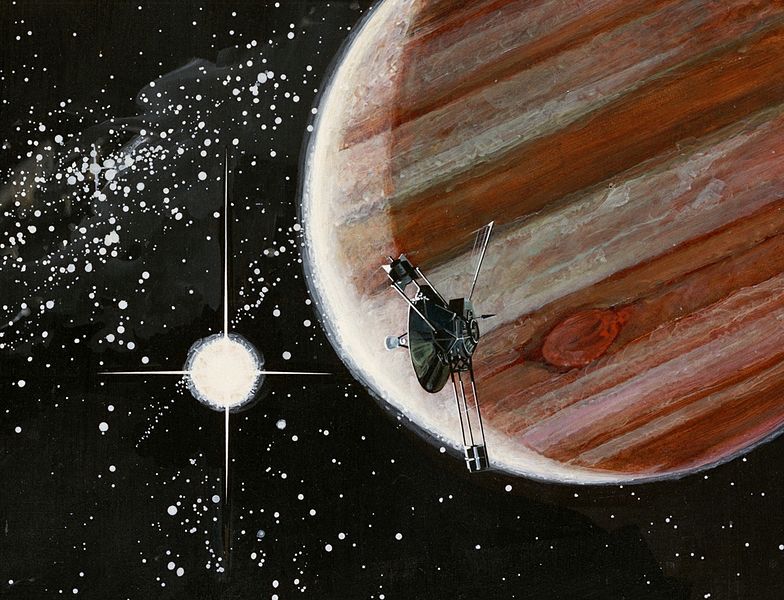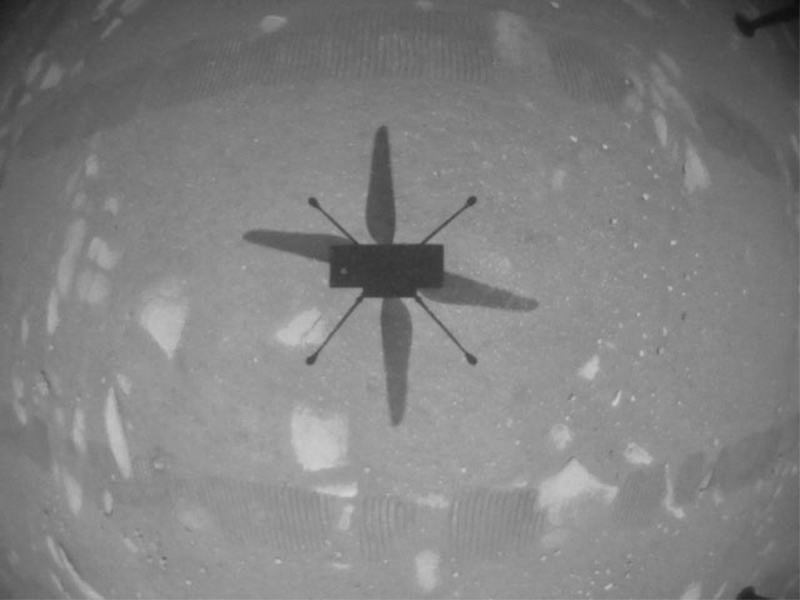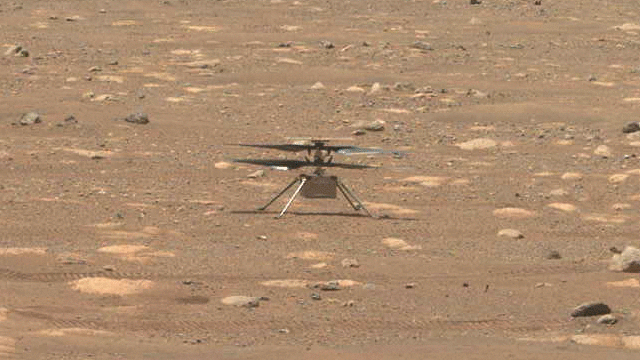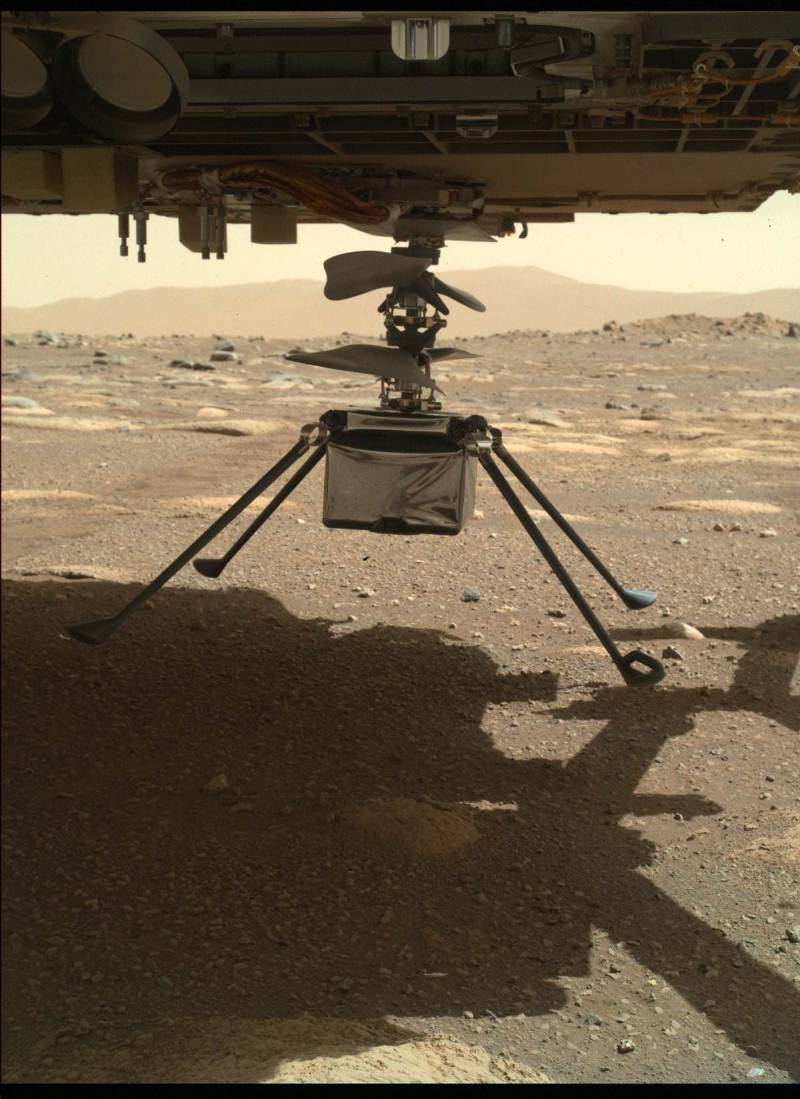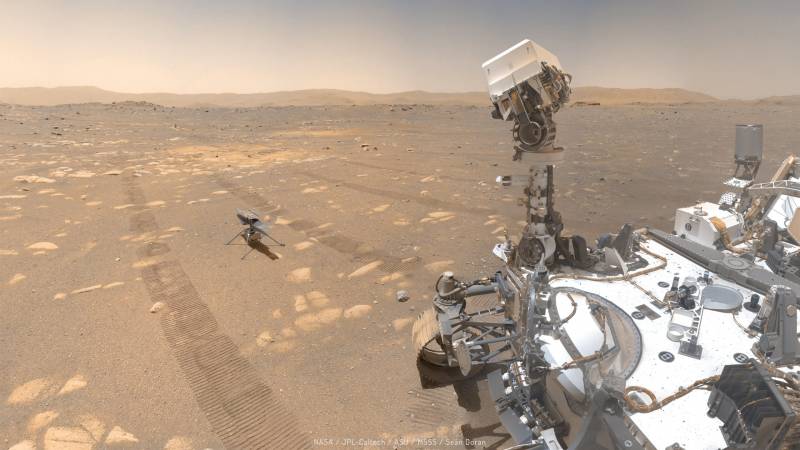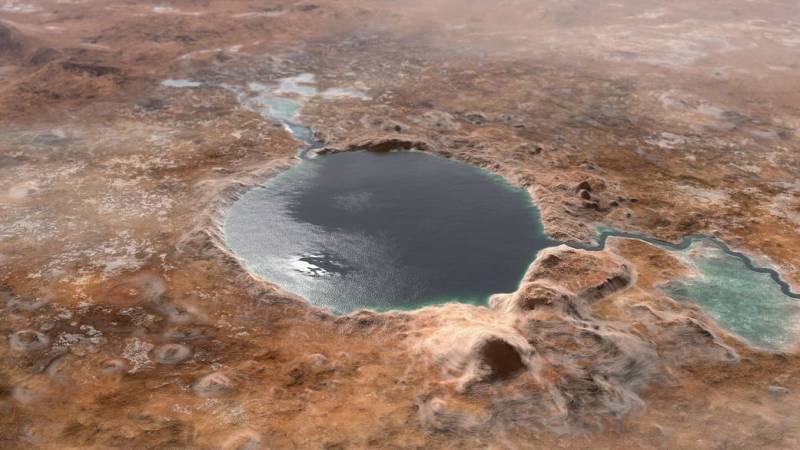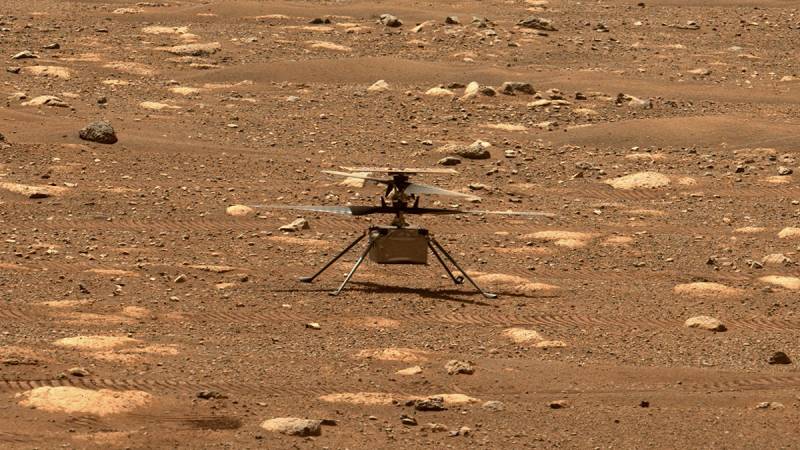NASA’s goal of returning humans, including a female astronaut, to the moon with the 2024 Artemis mission is approaching, and engineers are getting ready.
They’ll land on the lunar surface from an orbiting spacecraft called the Gateway, which will serve as a lunar outpost, then embark on a search for wate-ice and other resources. Artemis is also part of a larger plan to travel to Mars from a lunar way station.

Looking for Water With a ‘Lunar Flashlight’
One of the tools NASA will use to explore the moon is Lunar Flashlight, a low-cost spacecraft no bigger than an airline carry-on bag. The small satellite will launch in November 2021 as part of an advance, uncrewed mission. It will probe the cold, permanently shaded floors of the moon’s polar craters for signs of ice.
Finding lunar ice would be extremely exciting, because of its scientific value as a potential source of chemical clues to the history and formation of our solar system. It’s possible the ice could also be tapped as a source of drinking water and breathable oxygen, or mined as raw material to power hydrogen fuel cells or to make rocket fuel in long-term expeditions or moon bases.
The Lunar Flashlight will loop around the moon in an elliptical pole-to-pole orbit. The spacecraft will use infrared lasers and a spectrometer to probe the shadowed floors of craters as it swoops to within 20 kilometers of the south pole, where hints of water-ice have been detected by previous missions.

From its orbit above, Lunar Flashlight’s laser beams will rake across the cold crater floors, reflecting off materials on the surface and bouncing back to the spacecraft. A spectrometer will measure the spectral “fingerprints” of substances in the reflected light, mapping the location and composition of concentrations of ice with an accuracy of 1-2 kilometers.
Though the presence of water was confirmed by an earlier mission in 2009, we know little about what form it might exist in. Sheets or blocks of solid ice? Permafrost mixed in with the lunar soil? Frozen “cocktails” of different volatile compounds?
Shadowy Polar Craters
The Apollo missions of the late 1960s landed in the moon’s equatorial regions and found no traces of water.
But measurements made from orbit by Lunar Prospector in 1999 indicated the presence of concentrated hydrogen within shadowy polar craters, a hint that frozen water (or other hydrogen-bearing volatiles) might exist in cold recesses untouched by sunlight.
The discovery raised the possibility that lunar “cold traps” have, over time, captured molecules of water originating from comets and asteroids, interactions between lunar soil and solar wind and perhaps lunar volcanic activity.

The 2009 Lunar Crater Observation and Sensing Satellite mission confirmed the presence of water, after flying to the moon on a Centaur rocket. NASA used the rocket stage as a high-speed impact projectile, sending it crashing into the shadows of a crater at the moon’s south pole. The satellite, following only minutes behind the rocket, used its spectrometer to search for the chemical signature of water in the dust cloud of the blast, and it made a successful detection before crashing into the moon.
All Eyes on the Lunar Flashlight, a CubeSat
Lunar Flashlight will be configured from six standard, 10-centimeter cube modules.

The low-cost, modular CubeSat design was developed as an alternative to considerably more expensive conventional satellites, so that universities, private companies and other entities could test technology and conduct scientific research from space.
Because they are small, CubeSats can piggyback as secondary payloads on other missions. This puts short-term proof of concept tests and narrowly scoped scientific experiments within the financial reach of many organizations and groups.

The Lunar Flashlight planned for launch in 2021 will be the first CubeSat to travel to the moon, and the first spacecraft of any kind to look for water using a laser.
And if it finds some, the first female astronaut to walk on the moon as part of the Artemis mission might just collect a sample and bring it back to Earth.



